Hull is one of those places you have to make an effort to go to. You can’t pass through in the car, or on the train – as it’s at the end of the train line, on the edge the country.
Famous for its white telephone boxes – Hull has had its own phone system since 1902 – the city suffered heavy damage in the Second World War and weathered a period of post-industrial decline and social deprivation until the early 21st century, when new retail, commercial, housing and public spending, gave way to a new era of positivity.
Hull was chosen to be the City of Culture for 2017 – an award given every four years to a city that demonstrates the belief in the transformational power of culture – and this often overlooked and maligned city has come alive with art and culture and an influx of visitors.
Having spent my teenage years in Hull, it was interesting to spend a few days there last week and to see it though new (adult) eyes.
The run down, derelict buildings of my childhood have been lovingly restored and sit alongside the new developments, to create a contemporary city, with a real pride in its past.

Spurn Lightship anchored in Hull Marina, was built in 1927 and served for 48 years as a navigation aid in the Humber Estuary.
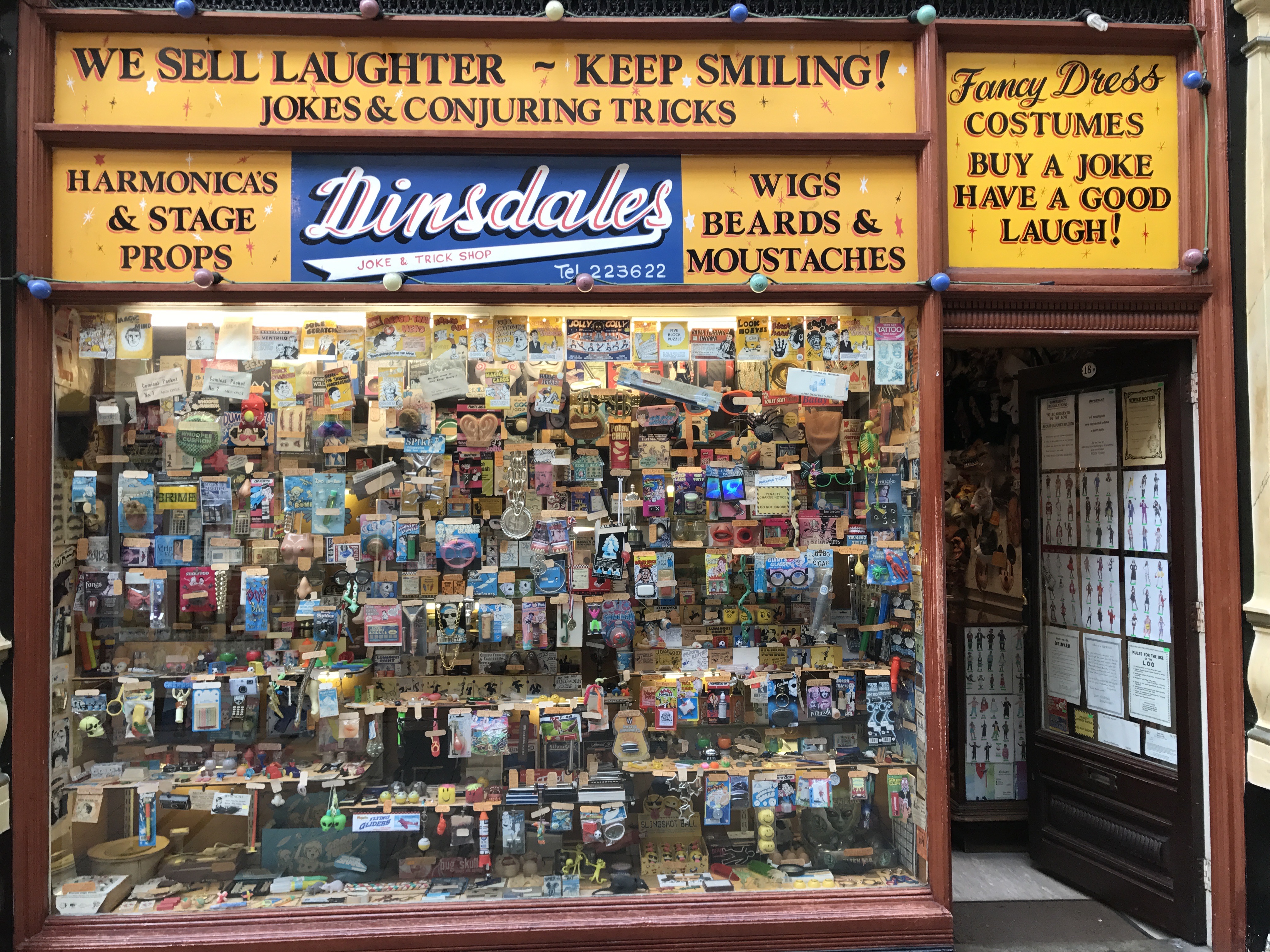
Dinsdales fancy dress & joke shop in the Hepworth Arcade – has been there for 39 years (and the window is the same as I remember it from the 70s)
I loved the regeneration of the Fruit Market area (no-one ever went there in the 70s and 80s) which is now a cultural quarter and home to interesting new food and music venues, creative businesses and contemporary housing.
I like to think it will stay affordable and grow in a sustainable way that benefits everyone – rather than become a haven for greedy property developers – but who knows.
Hull has always been a city that loves to dress up and go out and the 70s and 80s indie club scene inspired my love of music and alternative fashion.
Mark Wigan was one of the ‘faces’ on the club scene in the 80s and has gone onto become an internationally acclaimed illustrator. He opened the worlds first and only Museum of Club Culture in 2010 in the Fruit Market and was one of the early pioneers of the area.
The museum hosts projects and multi-media exhibitions which chronicle and celebrate past and present night-club culture and streetstyle from around the world. It is currently being renovated and is in a temporary space in the High Street.
Having started my art education on the foundation course in Hull, I have a real affection for the art college and loved their poster for Freshers week.
The college is currently hosting an exhibition of Hull born photographer Trevor Keys iconic album covers.
The four shortlisted artists for the 2017 Turner Prize are exhibiting their work at Ferens Art Gallery, with the overall winner to be announced in early December.
My favourite was the work of Hurvin Anderson, whose art asks questions about identity and belonging. Drawing on his Caribbean heritage, the dream-like paintings are colourful, dense and vibrant, combining geometric shapes alongside portraiture, landscapes and still-life.




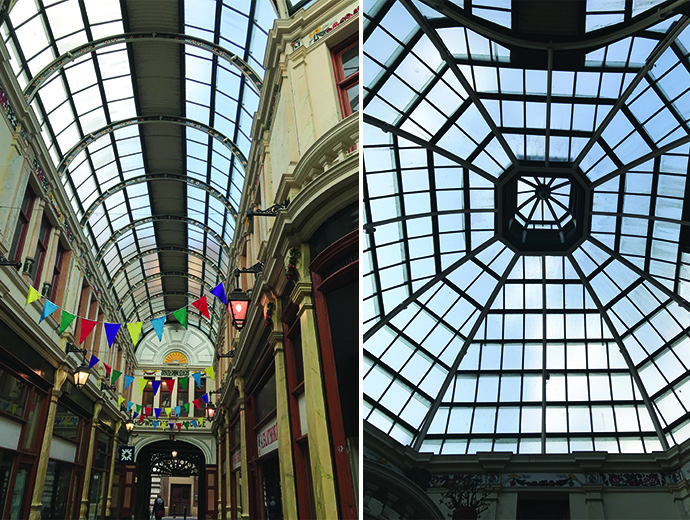





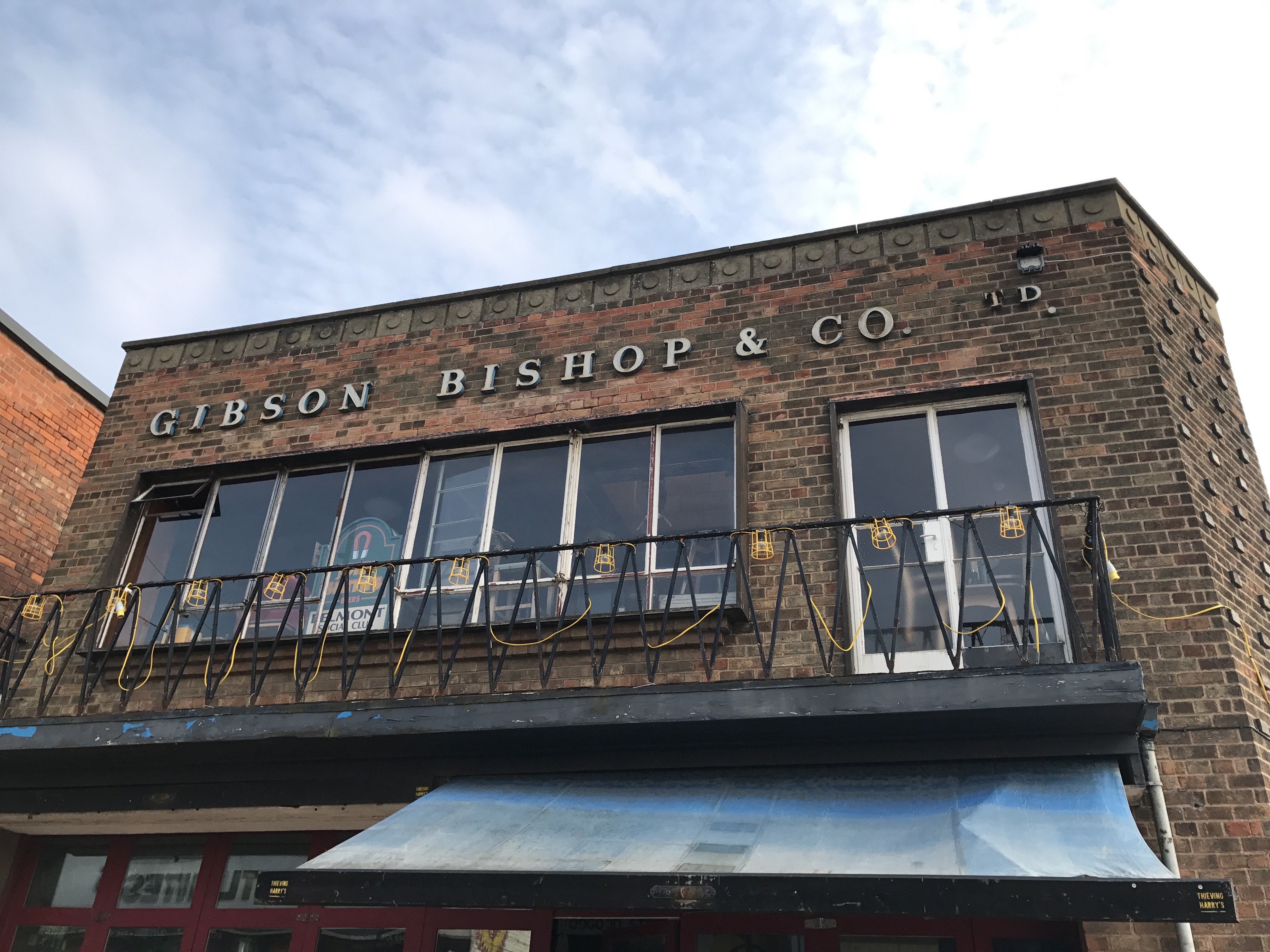
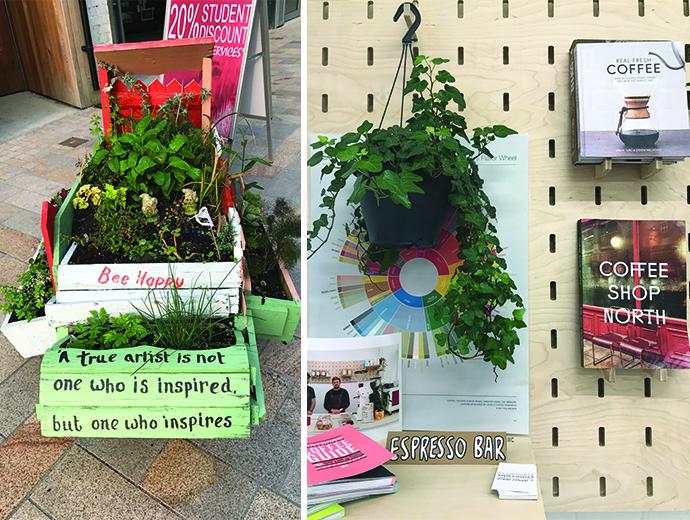

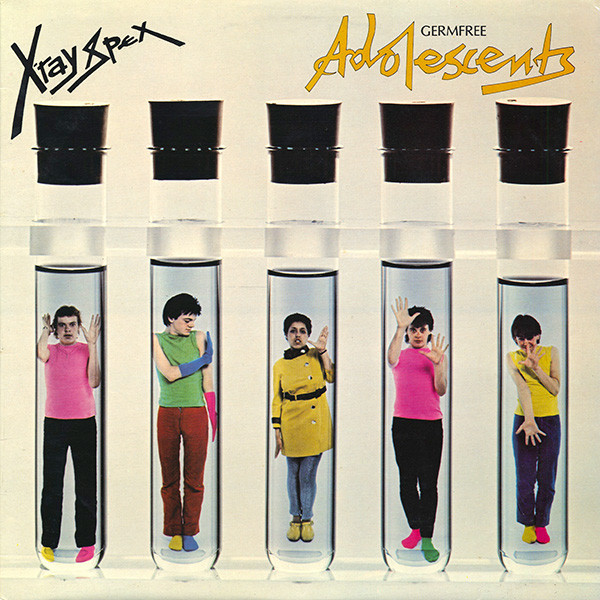
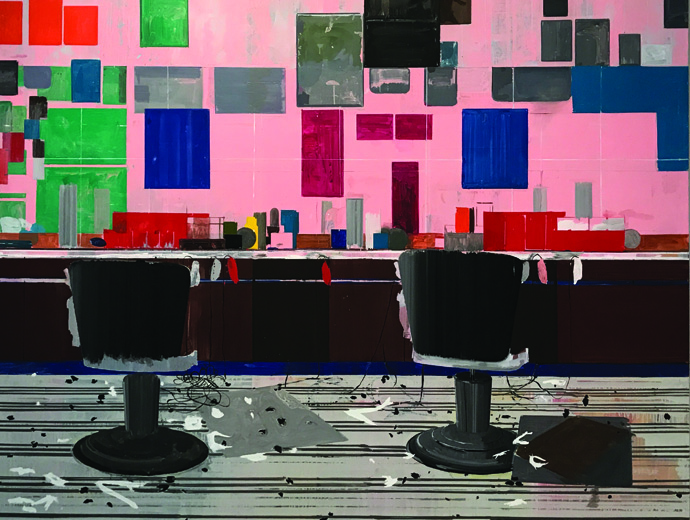


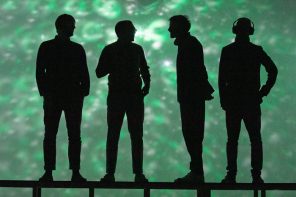

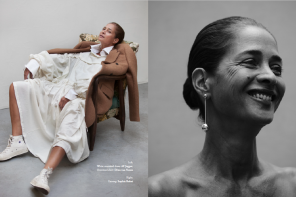

Well I’ve come over all emotional after reading this. I am a Hull girl (actually I’m from a village 12 miles outside of Hull) but Hull was our nearest town and is where we all went to have a night out. I was born in the 50s and my first job in the late 60s was as a window dresser at Bladons in Hull. Basically, Hull was pretty much a dump then but had a good live music scene and great local bands. It continued to deteriorate for quite a long time and it always made me sad when I returned home to visit my parents. But it always had some of the best fish, chips and mushy peas in the world and my Dad DID use the fruit market every Saturday, when it still was a fruit market! I’m so pleased to hear about it’s regeneration.